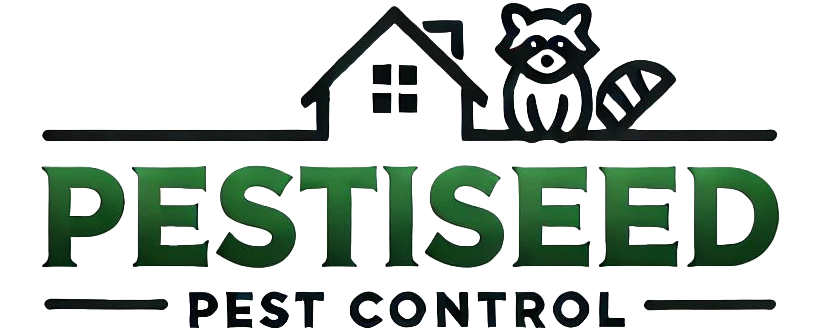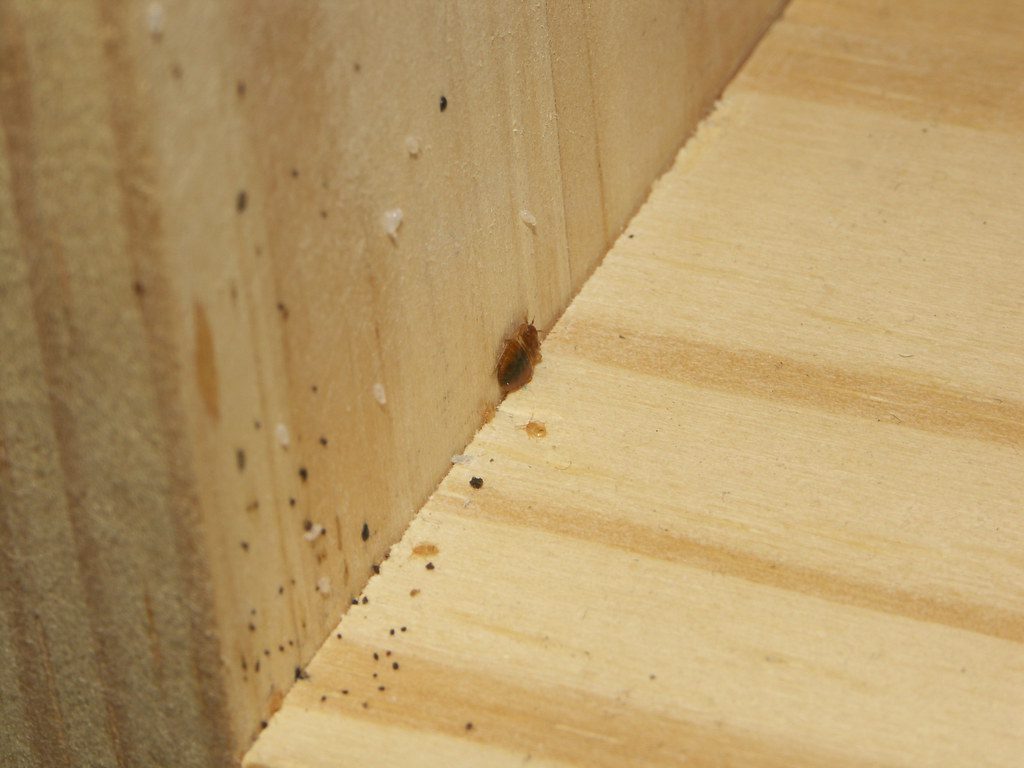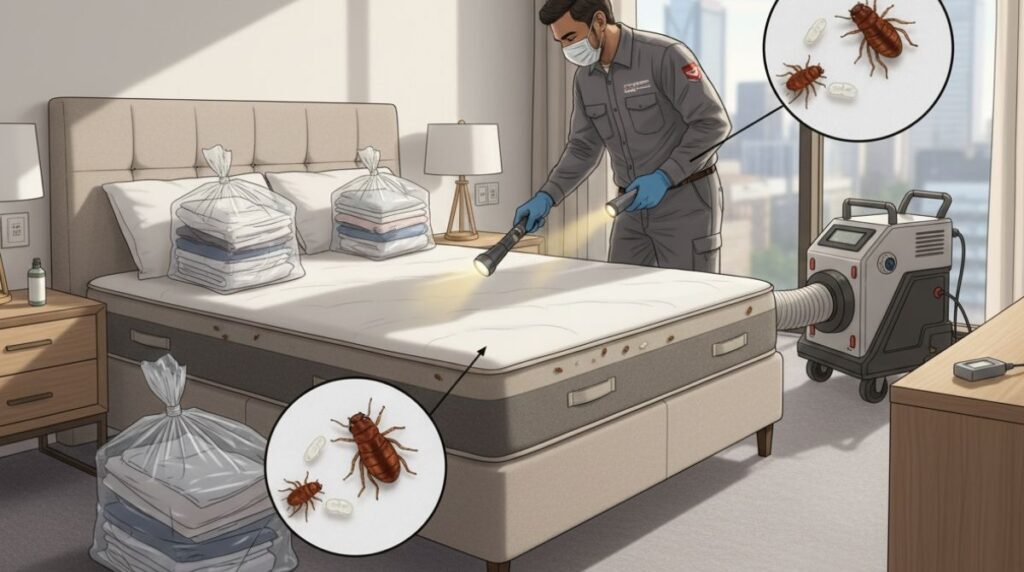Successfully eliminating bed bugs doesn’t mean your job is done. Whether you’ve used heat treatment or chemical solutions, proper aftercare is essential to:
-
Prevent reinfestation
-
Ensure all bugs and eggs are destroyed
-
Keep your home clean, safe, and stress free
In this guide, we explain everything Toronto homeowners should expect after a bed bug treatment, plus a post-treatment checklist.
Bed Bug Treatment Methods: What Changes Post Treatment?
Let’s quickly recap the two main extermination methods:
| Method | What Happens After Treatment |
|---|---|
| Heat Treatment | Safe to return same day; high success rate; minimal follow-ups required |
| Chemical Treatment | May require 1–2 follow up visits; surfaces need drying time; more cleaning involved |
If you’re unsure which one you had, check our full guide on how heat treatment works for bed bugs.
What to Expect Immediately After Treatment
1. Temporary Discomfort or Odor
Post-chemical treatments may leave behind a light odor. Ensure proper ventilation by opening windows and doors once re-entry is allowed .
2. Seeing Occasional Bed Bugs
It’s not uncommon to see a few surviving bed bugs for up to 2 weeks. These bugs have been exposed and will eventually die. If sightings continue after 2–3 weeks, a follow up treatment may be needed.
3. Itchiness or Bites Should Stop
If your bites stop appearing after treatment, it’s a good sign that the infestation has been controlled. Continue to monitor your sleeping area closely.
Cleaning and Laundry Instructions
Proper cleaning helps eliminate remaining eggs, dead bugs, and chemical residues (if applied).
| Cleaning Task | Timing |
|---|---|
| Vacuum floors and furniture | 24–48 hours after |
| Wash bedding and linens | Immediately after |
| Dispose of vacuum bag or clean canister | After every use |
| Wipe treated surfaces (chemical only) | After 1–2 days |
Do not steam clean or wash treated surfaces for at least 5 days after chemical treatment.
Post Treatment Cleaning Checklist
-
Strip all bedding and wash in hot water
-
Clean mattress encasements (if used)
-
Vacuum baseboards, carpets, furniture, and mattress seams
-
Dispose of vacuum bags outside the home
-
Keep your space clutter-free for ongoing monitoring
Learn more about how to spot the early signs of bed bugs to stay ahead of future infestations.
Monitoring for Reinfestation
1. Use Bed Bug Interceptors
Place these under the legs of your bed and furniture to trap any bugs that may have survived or returned.
For complete peace of mind, trust our Professional Bed Bug Extermination team for expert results and safe treatments. Keep your home pest-free with our Best Residential Pest Control services, or choose Commercial Pest Control Solutions for reliable protection for your business.
2. Consider a Heat Follow-Up
If you had chemical treatment, a follow-up heat session may be ideal for long-term results. It kills eggs that could survive sprays.
Check how bed bug heat treatment works and whether it’s the right fit for your situation.
3. Document and Inspect Weekly
Take photos of any suspicious findings and contact your exterminator if:
-
You see live bed bugs after 3 weeks
-
Bite marks reappear
-
You notice fecal spots or shed skins
Reinfestation Prevention Tips
| Tip | How Often? |
|---|---|
| Inspect beds and furniture | Weekly |
| Keep mattress encased | Ongoing |
| Avoid secondhand furniture | Always |
| Wash and heat-dry bedding/clothes | Weekly |
| Clean luggage after travel | Every trip |
For full protection, follow our top 10 prevention tips for Toronto homes.
When Should You Call for a Follow-Up?
You may need another visit if:
-
You see more than 3 live bugs after 2 weeks
-
Bites resume regularly
-
Bugs appear in new areas of your home
-
You skipped part of the preparation checklist
FAQs
Can I sleep in my bed after treatment?
Yes! It’s actually encouraged to sleep in your bed so remaining bugs are lured out and contact the treated surfaces.
Is it safe for pets and kids to return home?
After the recommended re-entry time, yes. Heat treatment is safe immediately after cool-down.
Should I throw away my furniture?
Usually not needed. Most furniture can be treated and saved. Disposal is a last resort.
Final Word: Stay Alert, Not Anxious
The hardest part is over treatment is done. Now, it’s all about staying vigilant and following these aftercare steps to prevent a second outbreak.




